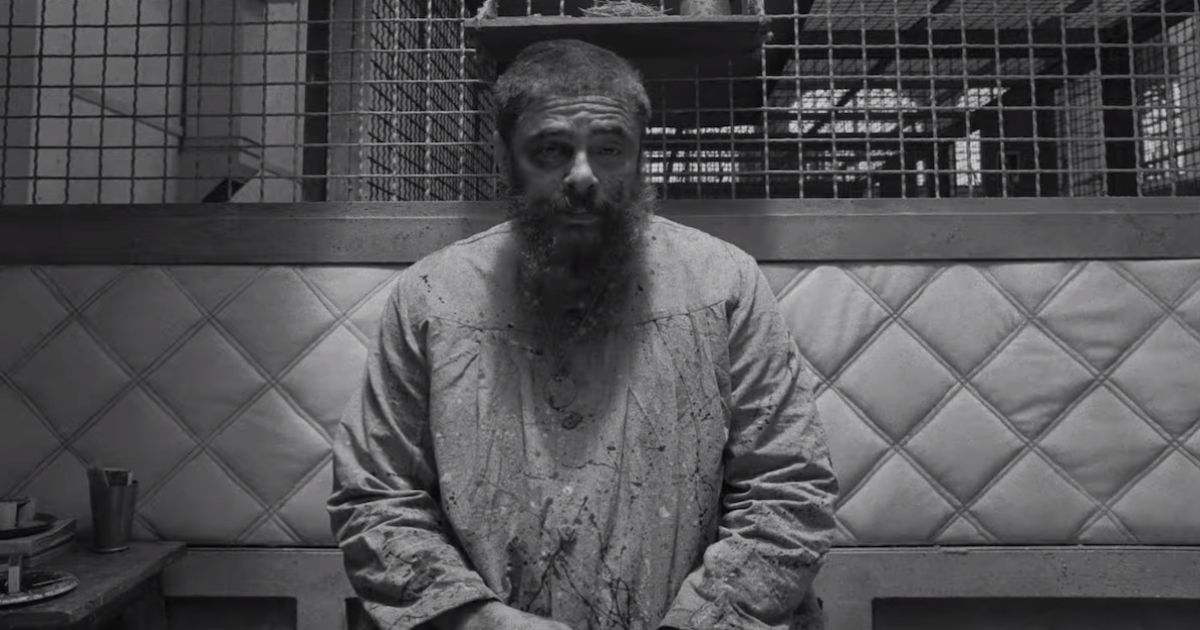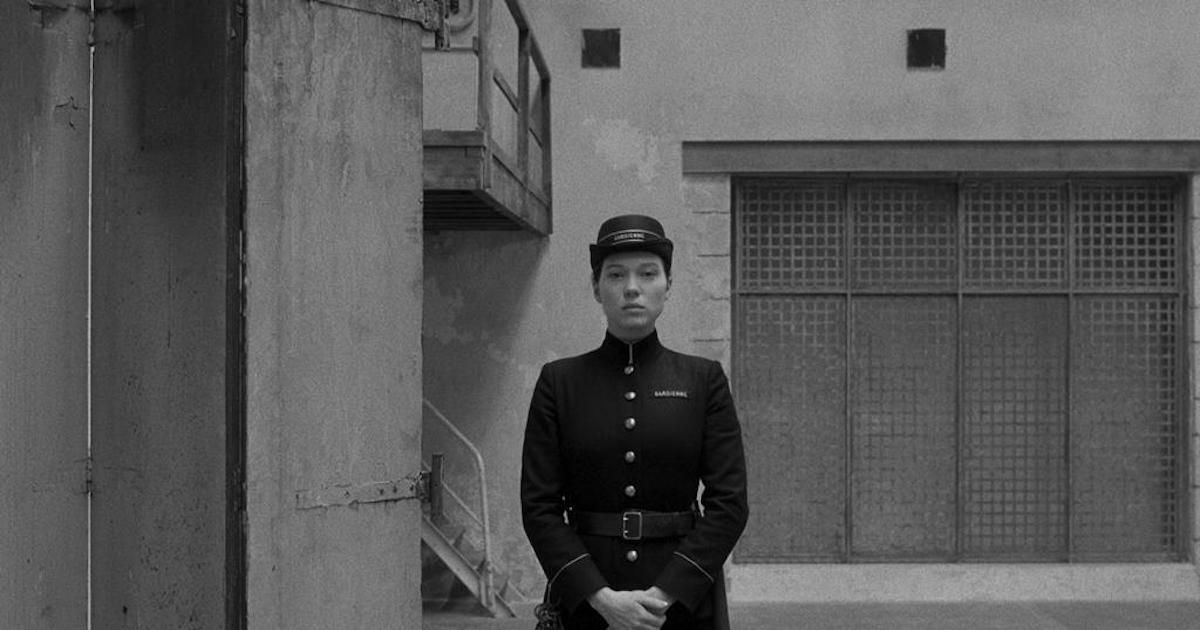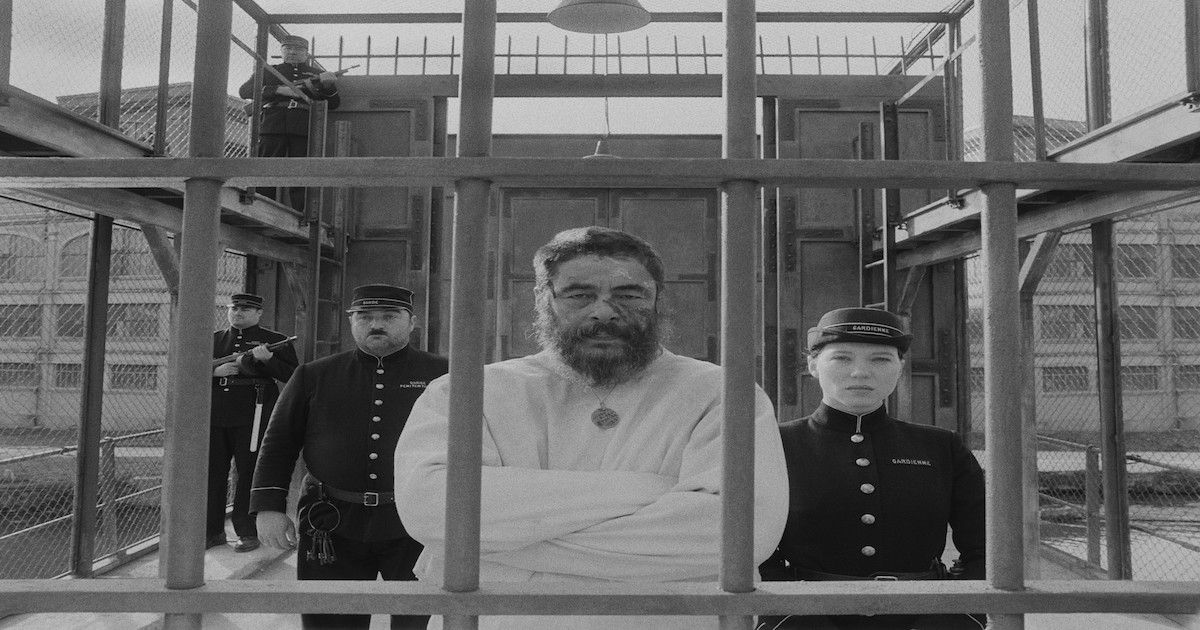Spoiler Warning: The French DispatchThe French Dispatch is the newest anthology film from acclaimed director Wes Anderson. The film centers around Editor Arthur Howitzer Jr's (Bill Murray) French branch of the Liberty, Kansas Evening Sun. Upon Howitzer's death, the paper was ordered to be dismantled, and this is the moment the events of the film come to take place, as Anderson brings the farewell issue of The French Dispatch to life.
Prior to his death, Howitzer goes to bat for each of his writers, refusing to censor, limit, or cut any of their pieces out. In his paper, Howitzer celebrates the creative freedom of the writer, a reflection of Anderson's intention to craft a film celebrating the writer the same as his fictional editor. The final issue of The French Dispatch comes to contain four distinct articles, "The Cycling Reporter," "The Concrete Masterpiece," "Revisions to a Manifesto," "The Private Dining Room of the Police Commissioner," as well as a closing obituary.
While each narrative is unique in its own way, the most intriguing of all the stories has to be "The Concrete Masterpiece." J.K.L Berenson (Tilda Swinton) opens the story while giving a lecture at an art gallery. She tells the story of Moses Rosenthaler (Benicio Del Toro), an artist sentenced to life in prison for a double decapitation. He works with art dealer Julien Cadazio (Adrian Brody) to build his following outside the prison. Moses develops a relationship with a guard, Simone (Lea Seydoux), who acts as his muse and motivation to not give up on life. "The Concrete Masterpiece" is a hilarious and touching story that tells the story of Moses' journey to freedom as he regains the ability to live and make a mark on a world that would have otherwise forgotten him.
What Simone Sees in Moses
"The Concrete Masterpiece" opens with Moses painting a nude Simone. The audience is immediately introduced to their unique dynamic, as after finishing up for the day, Simone puts her guard uniform back on and places a straight jacket on Moses. Berenson recounts Moses' early days when he lived in squalor, hungered, suffered from mental illness, loneliness, physical danger, and eventually was arrested for getting into a fight at a bar where he decapitated two of the bartenders. The images shown through these periods of Moses' life show him painting with an alcoholic beverage in hand, his two favorite things. Once in prison, Moses would stop painting and trade in traditional alcoholic beverages for mouthwash. A decade after arriving in prison, Moses signs up for a pottery class where he meets Simone, she makes him speak, and Moses admits to the group that he'll likely kill himself from ingestion of mouthwash or suicide, joining the pottery class in hopes of regaining a sense of hope and purpose. As Simone looks on, she begins to see Moses as a human being as opposed to simply another prisoner.
Simone came from a humble background, growing up with sixteen brothers and sisters, living in poverty, and being illiterate until the age of twenty. The relationship between Simone and Moses' is sexual, but much to Moses' dismay, Simone refuses to marry him and states that she doesn't love him. Simone may be lying to Moses because she knows she may lose him, either to his own depression or to his own death during life in incarceration. Simone had a child in her youth, so perhaps she might be sparing herself the same pain of losing something she loved.
On the other side of the coin, Simone may have seen an opportunity to be involved with someone she saw as an unrecognized artist, wanting to build Moses up to save him, as well as giving herself the experience of being a part of his art, something absent from her childhood. The latter is more likely as when Moses attempts to kill himself via electrocution, Simone calls his bluff and tells him she worked hard to teach herself everything about art and thus believes in him as a great artist. Simone has talent as a model but isn't an artist herself, but she knows artists and what it takes. Thus, she tells Moses he'll figure out what to paint no matter how long it takes because he has that thing that makes him truly special. Moses needed a motivator to be more than an inmate waiting to die. He needed Simone to unlock his untapped potential.
Julien Cadazio Helps Showcase Moses' Talent
Julien Cadazio discovered Moses while serving time in jail for income tax invasion. After noticing one of Moses' works, he buys the painting and goes on to convince his family of art exhibitors to showcase Moses' works and build his following in the hopes of making a vast sum of money in the long run. After waiting three years for Moses to produce something new, Julien grows frustrated and sets a date for a showing in prison. Julien is a classic opportunist looking to ride Moses' coattails to fame and financial success. Upon seeing Moses' masterpiece in prison, Julien claims that he did it, as opposed to Moses. Julien eventually lashes out at Moses when he realizes the paintings are on the concrete and can't be removed, telling him they're terrible when moments ago he claimed they were brilliant. With the thought of losing money burning through his mind, Julien shows his true colors to Moses.
Julien and Moses fight out their differences. After having time to think, Julien tells Moses that it is a great painting and that despite the difficulty, he'll do what it takes to get the concrete painting out of the prison. While Julien's opportunist nature could have resulted in a tragic ending for them both, it is what frees Moses from prison. To get the showing to take place, Julien had to bribe the prison guards and officials. However, he didn't bribe the prisoners, resulting in a prison riot where Moses is given a chance to showcase his profound fighting skills, his second-greatest talent next to painting. Moses is deemed a hero and given his freedom as a result of the fight. Julien, just as Simone, helped to illuminate Moses' talent and gave him a chance to showcase his talent, both artistic and violent, resulting in Moses getting a second lease on life.
A Tale of Freedom
At the end of Berenson's "The Concrete Masterpiece," it is revealed that Simone received ample payment for her participation in Moses' piece, going on to reunite with the daughter she gave up, living the rest of her life in luxury. Moses went on to live his life as a free man and stayed in contact with Simone. The duo were great for one another, and while their romantic relationship never stepped beyond the prison, it wasn't necessary. Simone gave Moses life, and Moses gave Simone a chance to be a mother to her daughter and rise above the serfdom she was born into.
"The Concrete Masterpiece" is the best article in the French Dispatch. It's a tale of redemption and characters lifting one another to reach feats that once seemed impossible. Had Moses not met Simone, he would have died and been forgotten. Had Simone not met Moses, she wouldn't have been able to reunite with her daughter nor had a chance to be a part of a genuine artistic vision she had only read about before. Without Julien, the two wouldn't have got the chance they deserved and the credit for it as well. Berenson's tale is one of people coming together to reach the true potential nestled in their hearts to bring their great artistic visions onto the world. "The Concrete Masterpiece" is a perfect ode to the beauty of artistic collaboration for the art and the soul of the artist.




